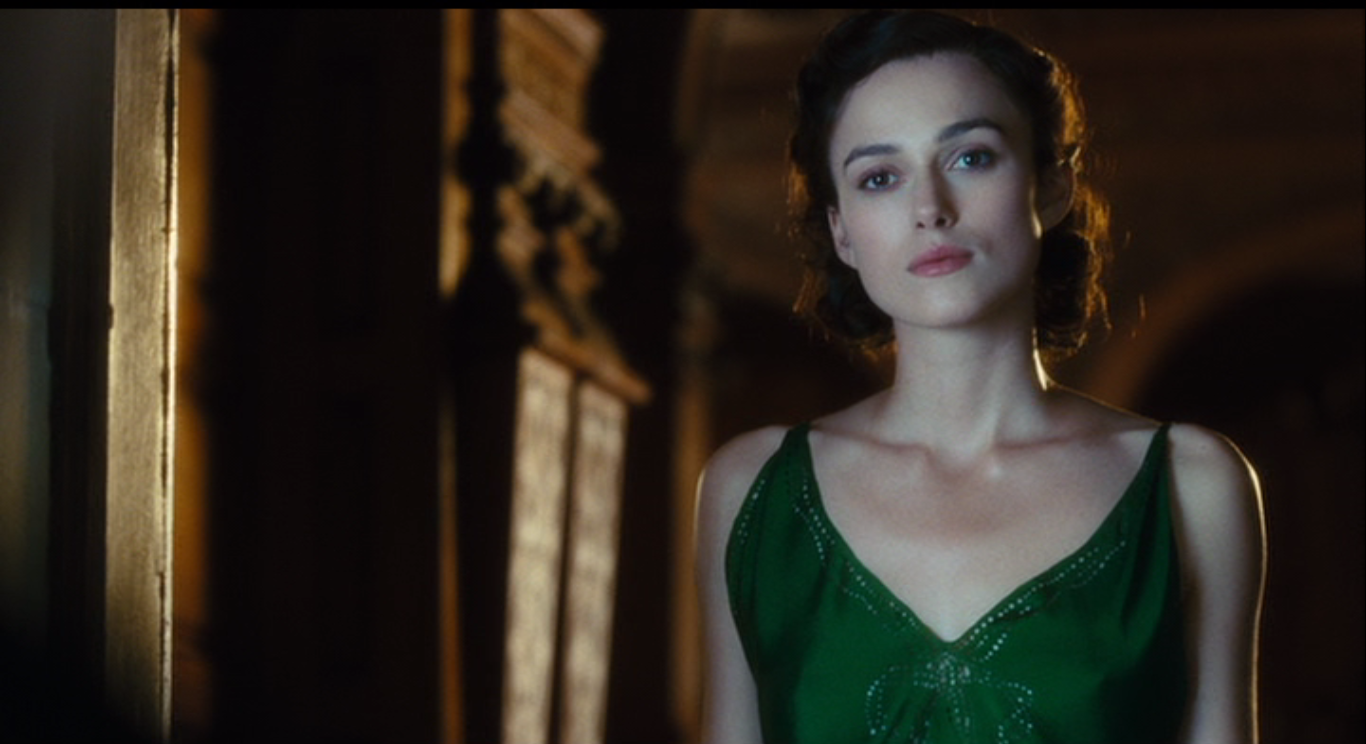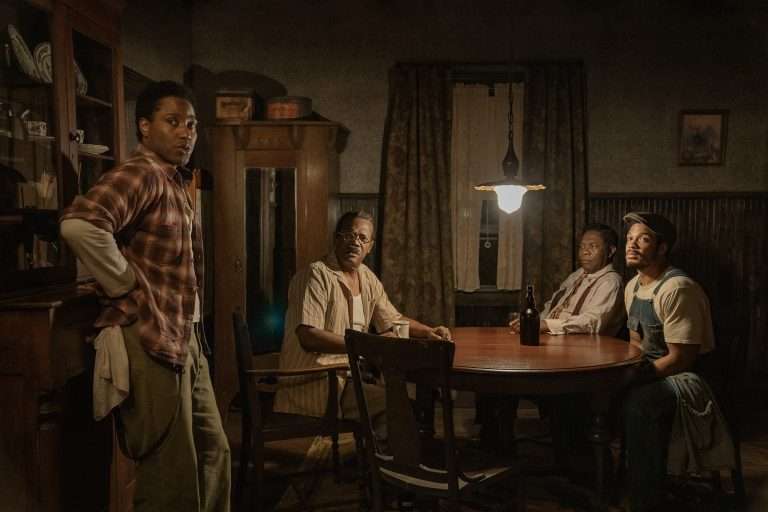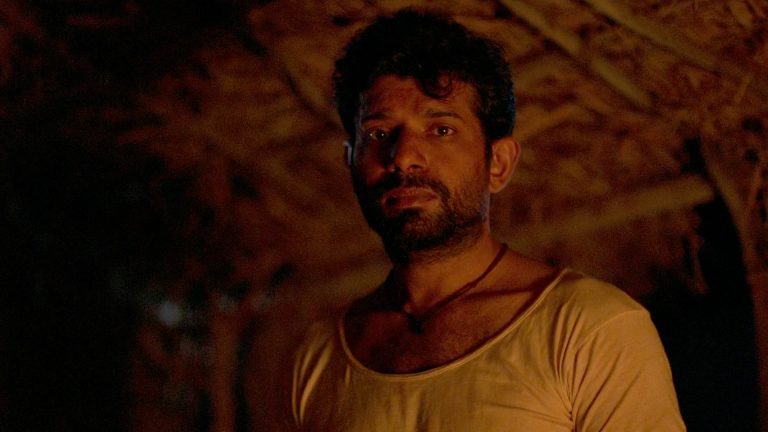Cinema, at its zenith, has the power to transcend the ordinary and elevate storytelling to an art form. Joe Wright’s 2007 film, “Atonement,” stands as a testament to this transformative potential, asserting its status as a cinematic masterpiece through its poignant narrative, exquisite cinematography, and masterful performances. Adapted from Ian McEwan’s novel of the same name, “Atonement” unfolds against the backdrop of love, war, and the quest for redemption, leaving an indelible mark on the landscape of contemporary cinema.
The film’s narrative prowess is evident from its opening sequence, a seemingly seamless five-minute tracking shot through the Tallis family estate in 1935. The Steadicam glides effortlessly, introducing us to the characters and setting while laying the groundwork for the intricate tale to follow. This technical marvel sets the tone for the film, establishing a visual language that intertwines the estate’s grandeur with the complexities of the human heart. Central to the narrative is the character of Briony Tallis, portrayed with remarkable nuance by Saoirse Ronan in her breakthrough role. Briony’s pivotal mistake, fuelled by youthful misinterpretation and imagination, sets off a chain of events that unravels the lives of those she loves. Wright skilfully employs shifts in perspective, challenging the audience’s perception of truth and morality. Through the lens of Briony’s guilt, “Atonement” delves into the elusive nature of memory and the consequences of unrestrained imagination.
The brilliance of “Atonement” lies not only in its narrative structure but also in its thematic depth. The film explores the fragility of love, the impact of war on the human psyche, and the arduous journey towards redemption. At its core, “Atonement” is a meditation on the power of storytelling itself, as characters grapple with the stories they tell and the narratives that shape their lives. Ian McEwan’s novel is complex and ambitious, and screenwriter Christopher Hampton adeptly translates its intricate layers to the screen, preserving its essence while ensuring cinematic fluidity.
Cinematographer Seamus McGarvey’s visual craftsmanship elevates “Atonement” to the realm of visual poetry. From the lush greens of the English countryside to the haunting beaches of Dunkirk, each frame is meticulously composed, creating a visual landscape that mirrors the emotional terrain of the characters. The use of color, particularly the recurring motif of the red dress, becomes a visual leitmotif that subtly communicates the characters’ emotional states and the film’s overarching themes.
“Atonement” emerges as not merely a visual and thematic triumph but also a nuanced exploration of the intersections of class, privilege, and the irrevocable consequences of societal constraints. The film’s portrayal of the socio-economic divide is subtly woven into the fabric of its narrative. Cecilia and Robbie’s love defies societal expectations, challenging the rigid norms of the English aristocracy. The fountain scene, a pivotal moment in their relationship, is laden with symbolism, reflecting the societal forces that seek to control and divide.

The film’s treatment of time further contributes to its complexity. The juxtaposition of different temporal planes, from the idyllic pre-war era to the stark realities of post-war repercussions, creates a narrative tapestry that’s very intricate. As the older Briony seeks redemption through her writing, the narrative explores the mutable nature of memory and the role of storytelling in shaping personal and collective histories.
The Dunkirk evacuation sequence is a testament to the filmmaker’s technical prowess. Wright orchestrates a harrowing and immersive portrayal of the chaos and devastation of war. The seamless integration of practical effects and CGI, coupled with Dario Marianelli’s evocative score, delivers a visceral and unforgettable cinematic experience. The juxtaposition of the grandeur of the Tallis estate and the brutal reality of war serves as a poignant commentary on the collision of the personal and the historical. The exceptional ensemble cast led by Keira Knightley and James McAvoy is integral to the film’s success.
A quiet intensity marks Knightley’s portrayal of Cecilia Tallis, while McAvoy delivers a subtle performance as Robbie Turner, the film’s tragic hero. Their chemistry, palpable yet restrained, captures the complexity of their characters’ love amidst the constraints of societal expectations and the impending war. The supporting cast, including Vanessa Redgrave as the older Briony, contributes to the narrative’s emotional resonance and enhances its thematic richness.
Dario Marianelli’s haunting score serves as the film’s emotional heartbeat. The recurring use of the typewriter’s clacking as a rhythmic motif and the ethereal soundscape during the Dunkirk sequence demonstrate Marianelli’s ability to evoke emotion through music. The score complements the film’s narrative beats and enriches its thematic exploration of love, guilt, and the quest for redemption. In fact, “Atonement” transcends its adaptation origins to become a work of art in its own right.
Joe Wright’s directorial vision, coupled with the cast’s stellar performances and the cinematographer and composer’s evocative work, culminates in a visually stunning and emotionally resonant film. Through its exploration of love, war, and the intricacies of atonement, the film invites audiences to reflect on the enduring power of storytelling and the complexities of the human experience. As the final moments unfold, leaving us with a blend of heartache and hope, “Atonement” solidifies its place as a timeless and indispensable entry in the pantheon of cinematic masterpieces.



![I Am Legend [2007] Review: I Am Disappointed!](https://79468c92.delivery.rocketcdn.me/wp-content/uploads/2020/05/i-am-legend-cover-768x432.jpg)



![Velvet Buzzsaw Netflix [2019] Review – A problematic satire on the art community](https://79468c92.delivery.rocketcdn.me/wp-content/uploads/2019/06/Velvet-Buzzsaw-Netflix2-768x410.jpg)